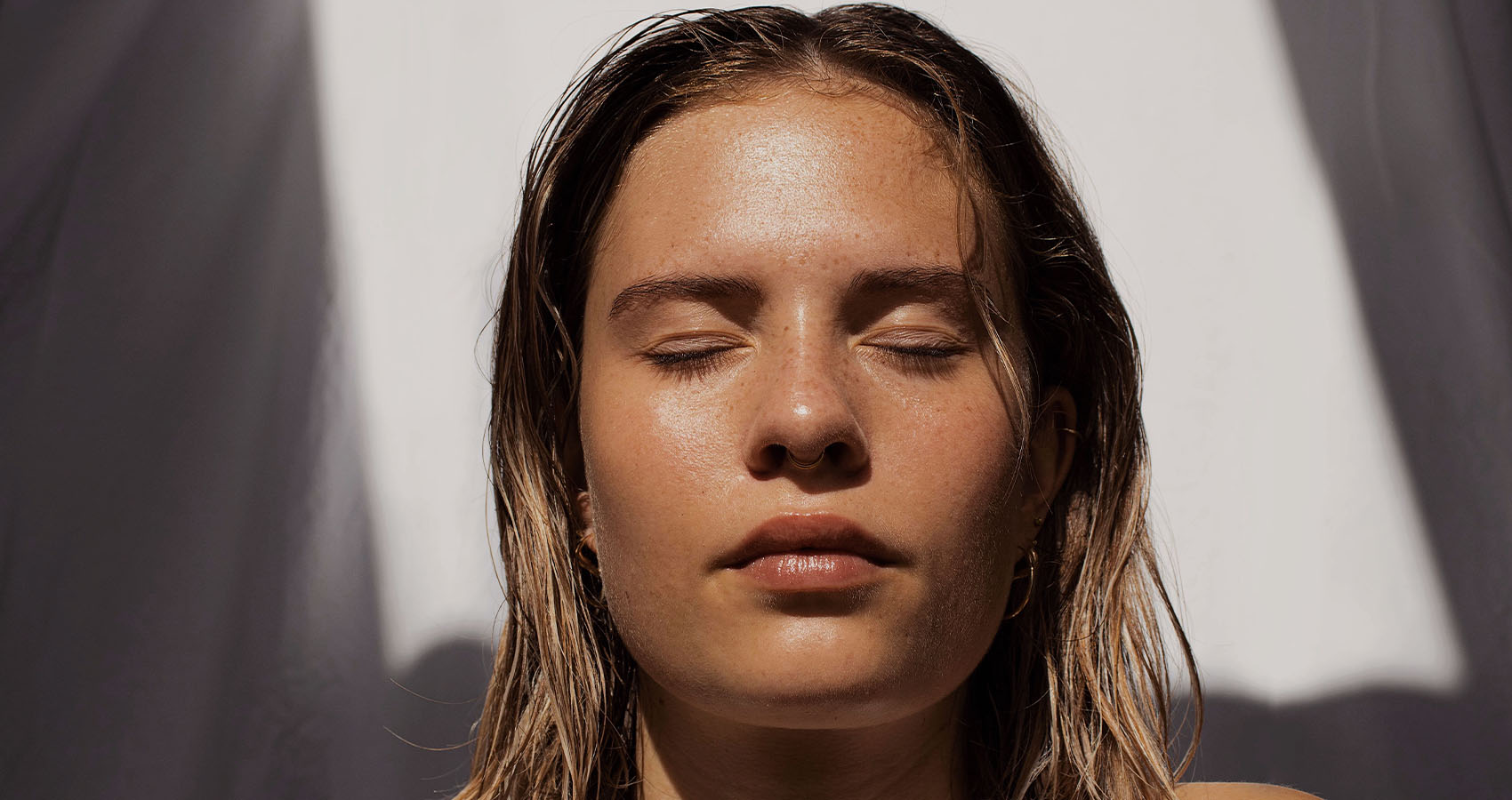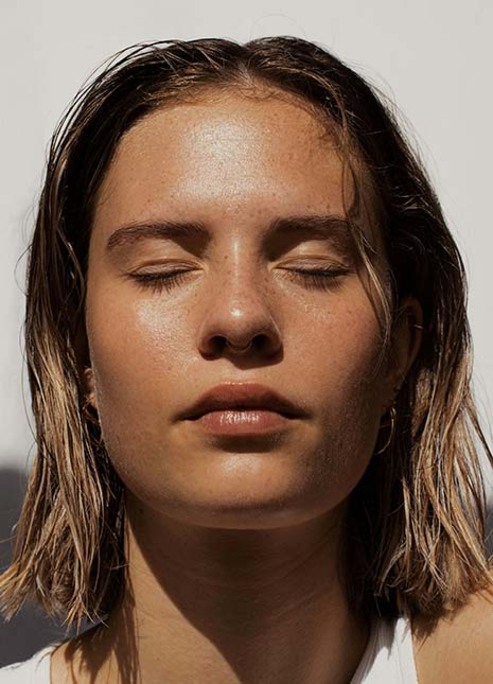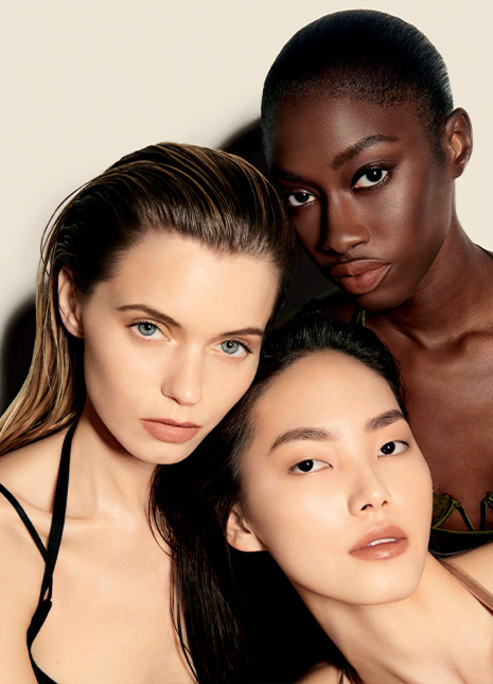
Waterless Beauty - Is It Worth It?
A sustainable solution to skincare?
In line with the ‘clean beauty’ movement that is cutting down on packaging waste and transport emissions, the idea of ‘waterless beauty’ is emerging on the scene.
‘Waterless beauty’ refers to beauty and skincare products that have had the water removed from them - making them lighter and smaller in volume. This reduces the amount of packaging they require, which equals less waste, and cheaper transport costs! Yay!
Brands like Haeckels are selling luxury body wash in the form of dehydrated tablets, and while the price may appear steep, the sustainable, cruelty-free alternative to body cleanser should last you a year per purchase. Holland and Barrett have a whole range dedicated to ‘waterless beauty’ - with bars of everything you could need in a beauty routine.
'Waterless beauty' includes things like clay masks and deodorants. The concept originated in South Korea, and initially gained reception in the west seven or so years ago, popularising things like shampoo bars and toothpaste capsules.
The problems associated with adding water to products is that although it’s cheap, it is a breeding ground for bacteria. The preservatives that have to be consequently added may be toxic, and are just more chemicals that you don’t want on your skin. When water-based products are left on your skin, the water component can actually evaporate, leaving your skin less hydrated than before!
‘Waterless beauty’ aims to be travel-friendly, non-toxic, and sustainable while properly moisturizing and nourishing your skin. Products that aren't watered-down should live longer shelf lives, and have a more effective potency on your skin and body.
It's a step forward in the sustainability of beauty products, as brands have begun pledging to cut down on their waste, and reduce their environmental impacts. It’s progress, but we still have a long way to go.
Up Next, Famous Canadian Celebrities and Their Hidden Interests










